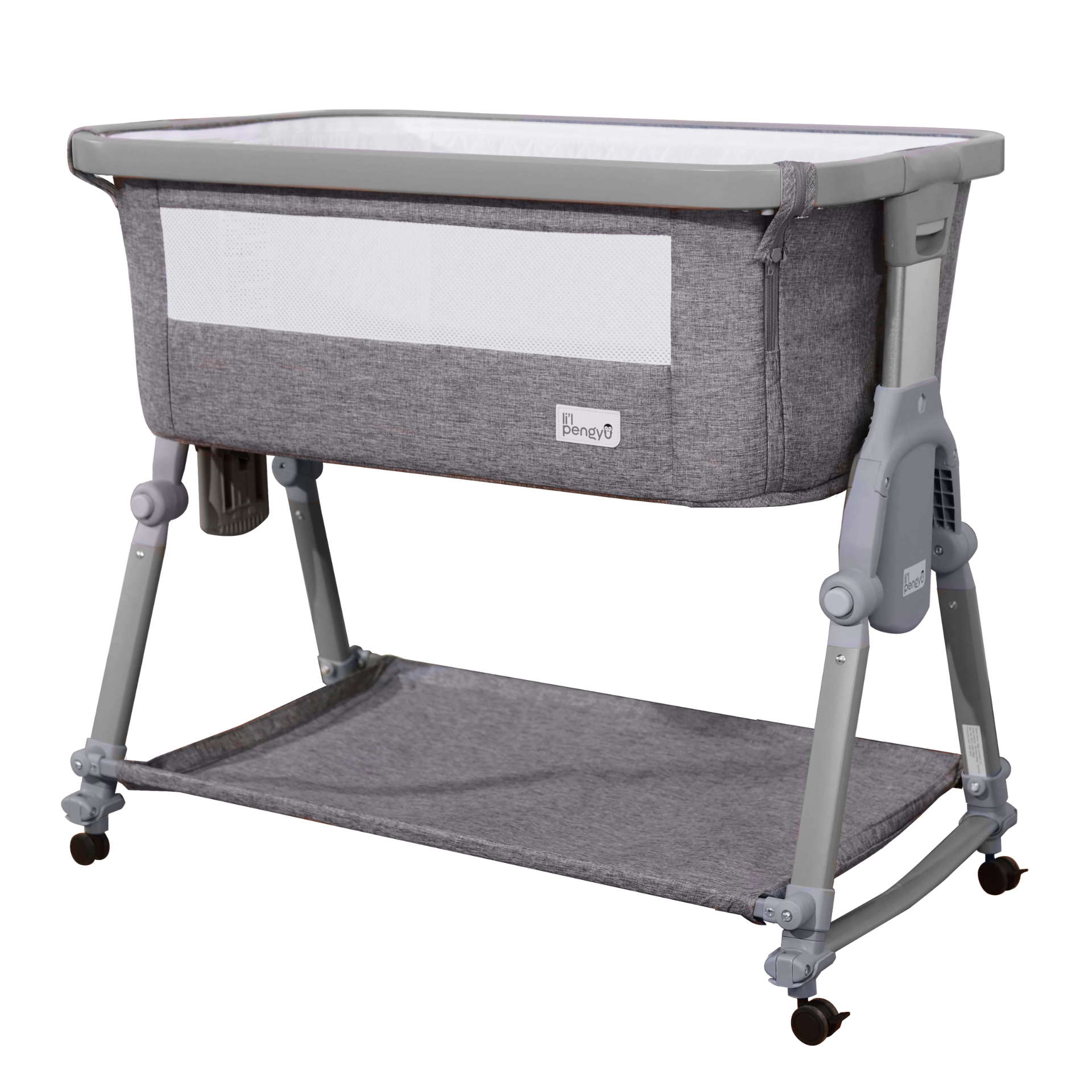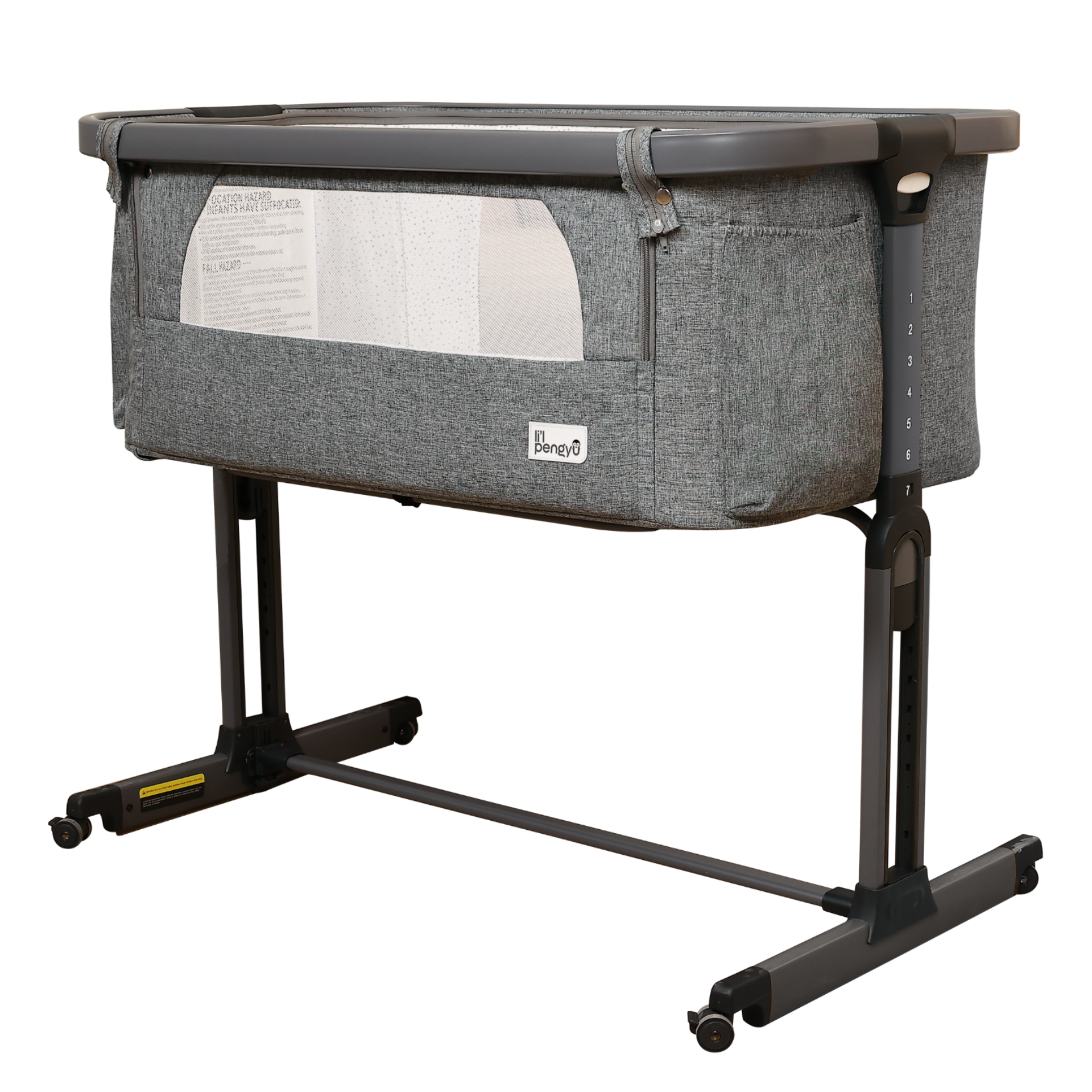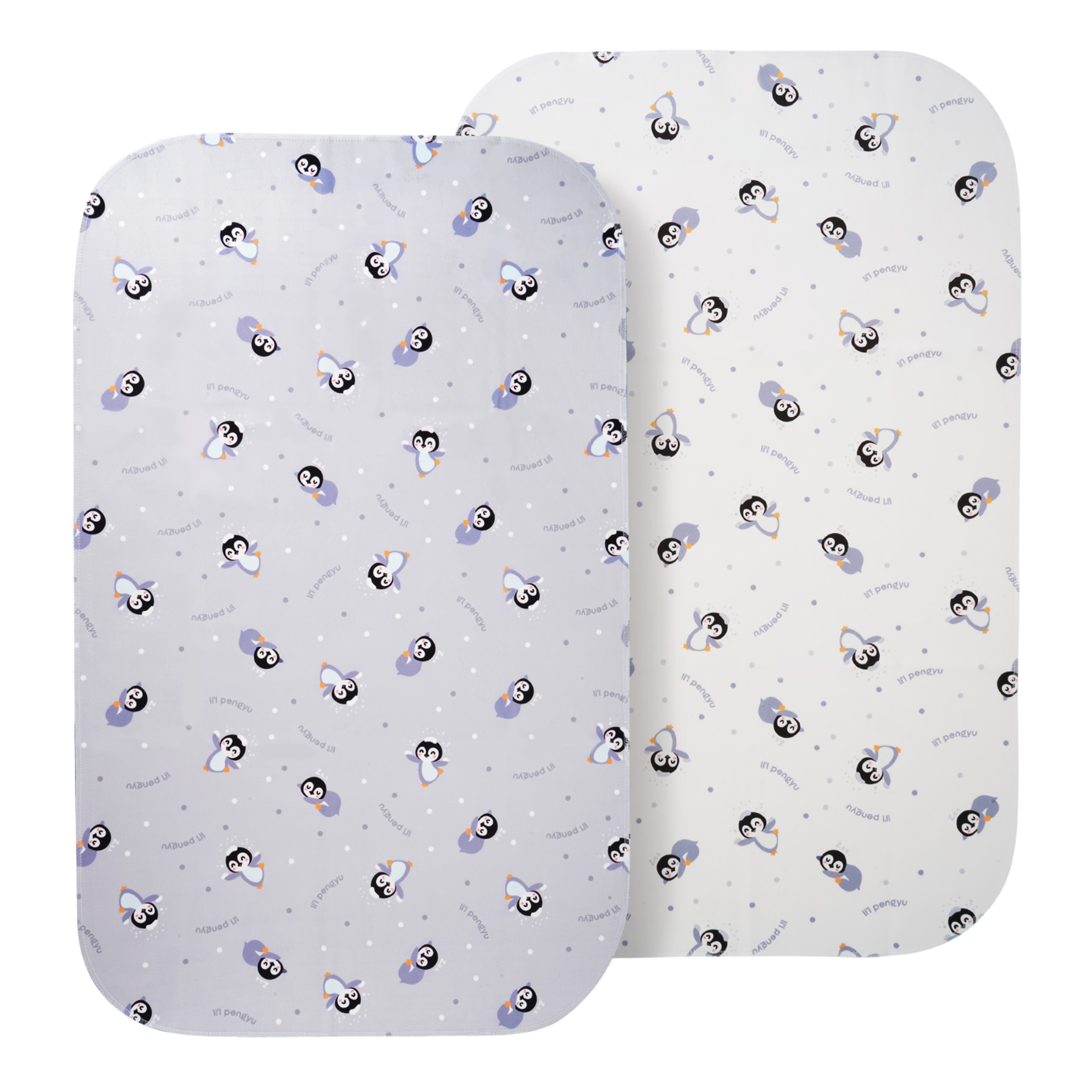They both come in handy, but it’s important to know how each can be utilized

As a new parent, you’re probably going to find yourself with quite a few products for your baby. Whether they come from friends, family, co-workers, or just yourself going a little nuts with online shopping, all that stuff is going to add up quickly. And, you’ll soon discover, some of those items are a lot more useful than others.
Because they make such a cute gift, you may end up getting a lot of blankets. Having many of them on hand is great for many reasons, perhaps mostly because you just never know what kind of mess your baby will make. But, not all baby blankets are created equally. Here we discuss both the receiving and swaddling kinds so you know how they differ.
What’s a receiving blanket?
When your baby is born, once they are checked and cleaned, they will be wrapped in a blanket. Because this is how you “receive” your baby, it’s been dubbed the “receiving” blanket. A typical receiving blanket is 30” x 30” inches and made of soft cotton or flannel. While small, they are generally thick and provide great warmth.
What’s a receiving blanket used for?
Once the receiving part is over, you can still use this type of blanket in a variety of ways. In addition to keeping your baby warm during cuddles, they make great burp cloths. Because they are small, you can easily drape one over your shoulder when you burp your baby, thus shielding your clothes from some inevitable spit-up.
Receiving blankets can also be used as changing pads. Just spread one out and you’ll give your baby a comfortable spot to get changed. If you have several blankets, it won’t matter if one gets too dirty. Another use for a receiving blanket is as a cover when you’re nursing. You can also put it on the floor when your baby is ready for tummy time.
What’s a swaddle blanket?
The main differences between a receiving blanket and a swaddle are the sizes and materials. A swaddle blanket is usually much bigger; a standard size is 47” x 47”. They are also made of a stretchier type of cotton or a muslin so they can more easily be manipulated. Muslin is a good choice for warmer climates or during hotter months, as it’s a lightweight and breathable fabric.
What’s a swaddle blanket for?
As the name implies, a swaddle blanket is meant for swaddling. Newborns don’t have a lot of control over their limbs yet, and flailing arms and legs can prevent them from sleeping soundly. They also have a tendency to scratch their own faces with their fingernails.
Swaddle blankets can be used for pretty much the same things as receiving blankets. However, because they are a lot bigger, they aren’t very practical for keeping in a diaper bag. It should be noted that receiving blankets also make very good swaddles. This is especially true for newborns; because these blankets are smaller, they offer a snugger fit.
What about a swaddle sack?
When it comes to swaddling, aside from receiving and swaddle blankets, there’s another choice: the swaddle sack. Its biggest benefit is that there’s no need to figure out that burrito-like fold; you just put your baby inside. These are usually made of cotton and come with Velcro that can be adjusted based on the baby’s size.
Tips for swaddling your baby
As mentioned, swaddling is very important, as it can mean the difference between a good night’s sleep and a bad one. If you don’t have a swaddle sack, you’ll need to learn how to swaddle correctly. These are the steps to take:
- Fold the blanket into a triangle and put your baby in the center with their shoulders a little below the fold.
- Place your baby’s right arm across their chest and then pull the corner of the blanket on their right side across their body.
- Tuck the edge of the blanket under their body and beneath their left arm.
- Now take the bottom of the blanket and fold it up over their feet and tuck the fabric into the top of the blanket.
- Place your baby’s left arm alongside their body and take the blanket on their left side and pull it across their chest over their arm.
- Finally, tuck the edge of the blanket under their body.
Swaddling can be a struggle at first for many parents, so don’t worry if you don’t get it right away. It probably won’t be long before you’re a pro and you’ll be able to do it with one arm while warming up a bottle with the other one.
Important safety note
In order for your baby to be as safe as possible when they are sleeping, their bassinet or crib has to be free from any hazards. This means that aside from the blanket they are swaddled in, there shouldn’t be anything else in there, including pillows, toys, or stuffed animals.
Still haven’t found the right bassinet for your baby yet? You’ll want to check out our selection. They are designed and built with safety in mind and are extremely easy to assemble.






